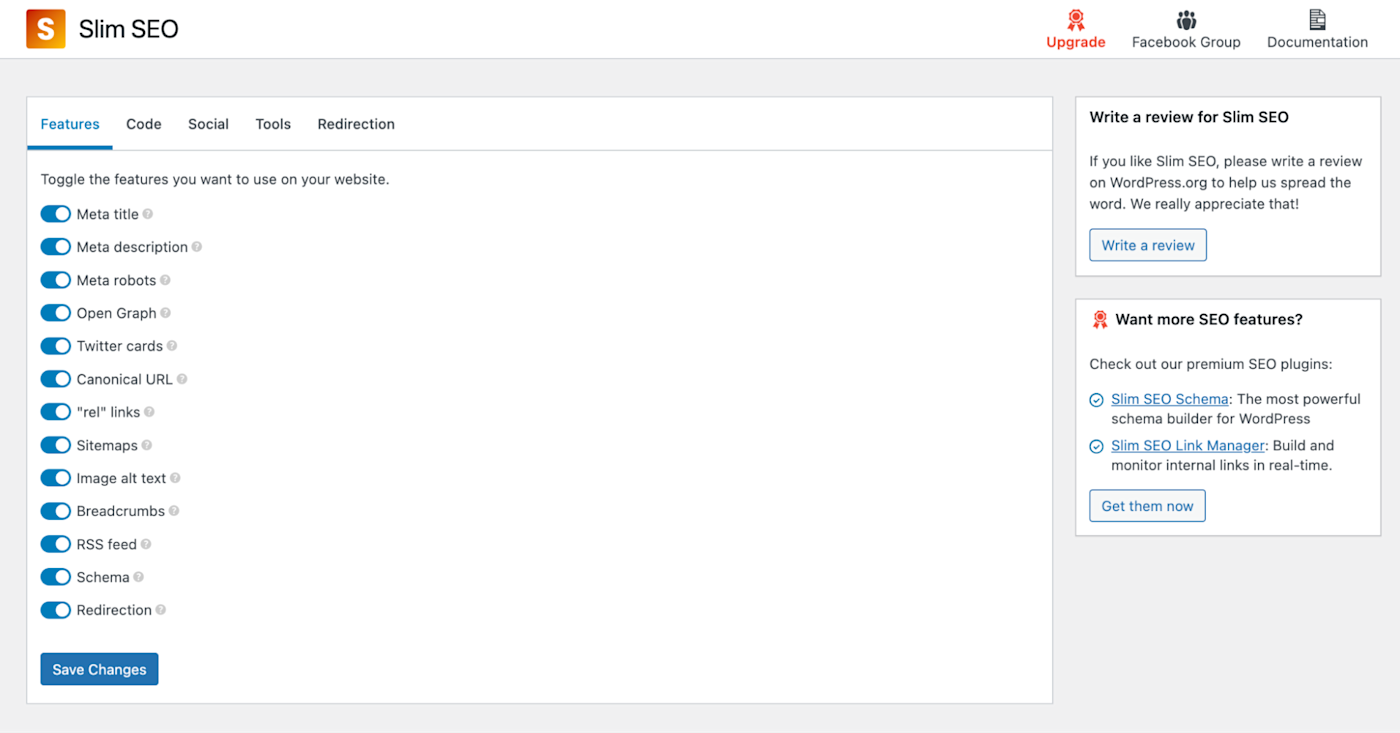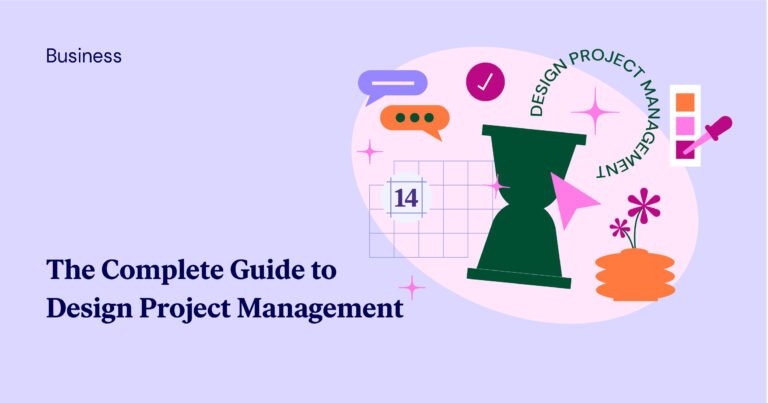Best for Slim SEO Strategies for SEO Experts: Top Tips & Tricks
SEO experts always seek new ways to improve search rankings. Slim SEO strategies can be just the answer.
In the fast-paced world of digital marketing, SEO experts need efficient strategies. Slim SEO focuses on streamlined and effective techniques. These methods offer a leaner, more focused approach. Instead of juggling multiple tactics, the aim is to sharpen and optimize a few key strategies.
This can lead to quicker results and less wasted effort. With the right slim SEO strategies, experts can boost their website’s visibility and performance. This blog will dive into the best slim SEO strategies, helping you enhance your SEO game without the extra bulk. Stay tuned for tips that can make a real difference.

Credit: www.facebook.com
Introduction To Slim Seo
Slim SEO is a lightweight SEO plugin. It is designed for WordPress. This plugin is easy to use. It has many features. It can optimize your website. It helps with meta tags. It creates sitemaps. It also handles schemas. Slim SEO is very efficient. It does not slow down your site. It is perfect for beginners. It is also good for experts.
SEO experts need reliable tools. Slim SEO is one of them. It saves time. It is easy to set up. It helps with on-page SEO. It also improves site speed. Site speed is crucial. Faster sites rank better. Slim SEO also helps with technical SEO. It is a must-have for experts. It is very effective. It makes SEO tasks easier.

Credit: zapier.com
Core Principles Of Slim Seo
Slim SEO focuses on simplicity. It avoids complex features. This makes it easy to use. Experts save time with simple tools. No need for extra steps. Efficiency is key. Each tool works fast. Results come quicker. Efficiency helps in reaching goals. With Slim SEO, less is more.
Only the essential tools are included. This avoids clutter. Focus is sharp. Important tasks get attention. Core features are prioritized. No distractions. This ensures better performance. Slim SEO keeps things clear. Experts can work without fuss. Results are direct and effective.
Keyword Research Techniques
Effective keyword research is crucial for slim SEO strategies. Discover low-competition keywords and analyze search intent to optimize content easily. Use tools like Google Keyword Planner for better insights.
Identifying Target Keywords
First, find out what words people use to search. Use tools like Google Keyword Planner. These tools show what words are most searched. Pick keywords with high searches and low competition. This helps to rank better.
Long-tail Keywords
Long-tail keywords are longer phrases. They are more specific. For example, “best shoes” is a short keyword. “Best shoes for running” is a long-tail keyword. Long-tail keywords have less competition. They can bring in more targeted traffic.
On-page Optimization
Meta tags are key for on-page SEO. They help search engines understand your page. Use relevant keywords in your meta title. Keep it under 60 characters. Your meta description should be concise and clear. Aim for 150-160 characters. This helps users decide to click your link. Include a call to action if possible. Don’t forget to use unique meta tags for each page. This avoids duplicate content issues. Lastly, keep meta tags up-to-date. Regular updates can improve your SEO.
Proper meta tag optimization can boost your page ranking. It can also improve your click-through rate. This is crucial for better search engine visibility. Start optimizing today for better results.
Technical Seo Best Practices
Site speed is very important for SEO. A fast site keeps users happy. They stay longer. Use tools like Google PageSpeed Insights. These tools help find problems. Fixing them can make your site faster. Optimize images to load quickly. Compress files and reduce redirects. Fast sites rank better in search results. This means more visitors.
Many people use phones to browse. Your site must work well on all devices. This is called mobile responsiveness. A mobile-friendly site is easy to use. It helps users find what they need. Google’s Mobile-Friendly Test can check your site. A responsive design adjusts to screen sizes. This improves user experience and SEO.
Content Creation Tips
Creating quality content is key. Focus on clarity and simplicity. Use short sentences. Engage your readers with interesting facts. Make content easy to read. This keeps readers on your page longer. Break up text with headings and bullet points. This helps readers find information quickly.
Multimedia makes content more engaging. Use images and videos to explain points. This keeps readers interested. Infographics can simplify complex data. Use alt text for images. This helps with SEO. Videos should have captions. This helps all users understand the content. Multimedia can make your content stand out.
Backlink Building Strategies
Getting high-quality backlinks is important for SEO. First, write good content. People like to share good content. Next, reach out to other websites. Ask if they will link to your content. Finally, use social media. Share your content to get more links.
Not all links are good. Bad links can hurt your SEO. Stay away from spammy sites. Avoid buying links. Google does not like paid links. Check your backlinks often. Remove any bad links you find. This will keep your site in good shape.
Monitoring And Analytics
Use tools like Google Analytics to track website traffic. Pay attention to bounce rate and session duration. These metrics help understand user engagement. Regularly check the organic search traffic. It shows how many visitors come from search engines. Keyword rankings are also important. See which keywords bring the most traffic. This helps in identifying successful content.
Analyze the data collected from your tracking tools. Identify what works and what needs improvement. Update content based on keyword performance. Remove or revise underperforming content. Test different strategies to see what brings better results. Always keep an eye on competitors. See what they are doing right. Adapt and improve your strategies accordingly. Regular adjustments help in achieving better SEO results over time.
Future Trends In Slim Seo
Slim SEO focuses on efficiency and simplicity for SEO experts. Emphasizing streamlined strategies ensures fast, effective results. Future trends highlight automation and AI integration for smarter optimization.
Ai And Machine Learning
AI and Machine Learning are becoming crucial in SEO. These tools help analyze vast amounts of data quickly. They predict trends and suggest keywords. SEO experts can save time with these tools. They provide accurate results. AI can also personalize content for users. This improves user experience. Machine Learning can spot patterns in user behavior. This helps in creating better strategies. SEO is evolving with these technologies.
Voice Search Optimization
Voice search is growing fast. People use voice assistants like Siri and Alexa. It is important to optimize for voice search. Use natural language in your content. Include long-tail keywords. People speak differently than they type. Think about common questions users ask. Provide direct answers in your content. This can improve your ranking. Voice search is the future of SEO.

Credit: www.wpzoom.com
Frequently Asked Questions
What Are Slim Seo Strategies?
Slim SEO strategies focus on efficiency. They streamline efforts to improve search rankings using minimal resources.
How Can I Implement Slim Seo Tactics?
Start with keyword research. Optimize meta tags, content, and images. Monitor results. Adjust as needed.
Why Are Slim Seo Strategies Effective?
They save time and resources. They target specific goals. They provide quick, measurable results.
Conclusion
Mastering slim SEO strategies can boost your site’s performance. Focus on quality content, effective keywords, and clean design. These simple steps enhance visibility and user experience. Remember, consistency is key in SEO. Regular updates keep your site relevant. Use these strategies to stay ahead in the SEO game.
Happy optimizing!






